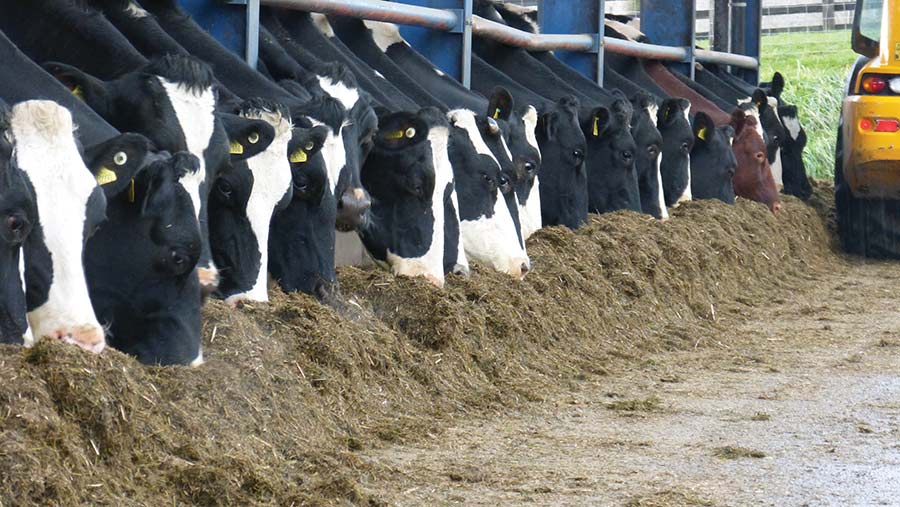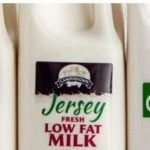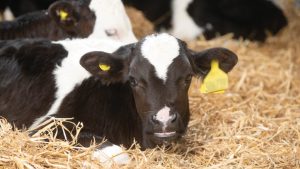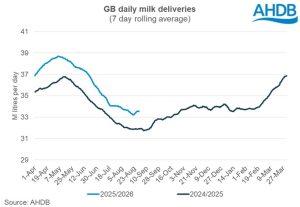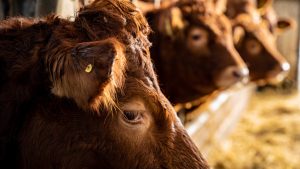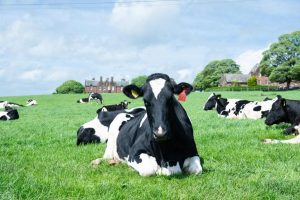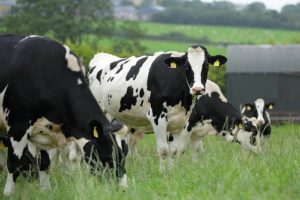
The Avison family, of Middlefields Farm, Coverdale, North Yorkshire, has cut feed costs to 10.45p/litre, despite dry matter (DM) intake lifting by 6kg a cow a day over that time (see “How performance has improved at Middlefields Farm”).
Now the cows produce 1.52 litres of energy corrected milk for every 1kg of DM, giving a feed conversion efficiency (FCE) of 1.52. In 2009, FCE was 1.01, but by 2015 it had lifted to 1.16.
A raft of changes were made over that time, but simply offering the cows a consistent ration every day through a Keenan feeder has proved one of the keys to lifting performance.
Middlefields Farm
-280 Holstein-Friesian cows, milked three times a day
-Produces 38 litres a cow a day at 4.23% fat and 3.28% protein
-222ha (550 acres), of which 141ha (350 acres) are reseedable
-Half rented
-Zero grazed, flying herd
-Supplies Paynes Dairies; year-round calving
-160 Beltex and Texel-cross ewes
Environmental benefits
Based on a standard calculation developed in 2011 by David Colman and David Beever (previously professors at the University of Manchester and Reading, respectively), at a current FCE of 1.52 the Middlefields herd produces about 15g of methane/kg of milk. This figure stood at 23g when FCE was 1.01 10 years ago.
The calculations are done by Chris Lord, InTouch manager for Alltech Keenan. He has worked closely with the Avisons on nutrition for the past five years.
1
While a new Keenan InTouch system is a considerable investment (£25,000-£50,000), the savings made through advice on altering the dry cow diet contribute to a fairly short payback period (see “Five ways the Avisons have improved FCE”).
“Consumers are more aware of the impact cows have on the environment, so if we can show that we can house cows and optimise their management to get more milk from the same amount of feed it must be good for the industry,” says Andrew Avison, who farms with wife Gail, daughter Emily and sons William and Henry.
“We are also having a carbon audit done soon as we are curious as to where the farm is at and how we can improve there.”
Middlefields diet
Premix
• 13kg water
• 1.25kg sugar beet pulp
• 2kg distillers’ grains (Ensus)
• 2.1kg soya
• 4.5kg soda wheat
• 2.5 kg rolled barley
Milker ration
• 0.5 kg straw
• 100g mineral
• 60g limestone flour
• 600g fat
• 50g of a yeast and mycotoxin binder
• 6kg grain beet (brewers’ grains and sugar beet mixed together at time of purchase and pitted)
• 31.5 kg grass silage
Five ways the Avisons have improved FCE
1. Ration consistency
-Two diets are fed on the farm – one for milking cows (see “Middlefields diet”) and another for dry cows. No parlour feeders are used – everything is contained in the total mixed ration
-The milking ration is chopped to about 40mm to ensure physically effective fibre to help the rumen function
-A premix is soaked overnight in 13kg of water a cow, akin to a compact feeding approach, before straw and grass silage are added and gently mixed in the Keenan in the morning
-A wet ration helps all dry particles stick together and reduces sorting, maintaining more consistent butterfats. It is encouraging intakes of 22-23kg DM/day and up to 25kg
2. Silage quality
-The farm operates a multi-cut silage system, aiming to produce five cuts of silage a season taken 35-37 days apart
-New, highly productive leys are sown regularly, with 10-20% of the farm planted each year. The first cut last year achieved a D-value of 75.8, 12.1MJ metabolisable energy and 17% crude protein
-Growth and quality are supported by soil analysis and sulphur fertilisers and silage receives an inoculant
3. Dry cow diet
-Previously, a calcium binder was added to the dry cow diet of straw and grass silage from the clamp
-Now a partial dietary cation-anion balance diet is fed, including a bespoke mineral pack, magnesium chloride, a mycotoxin binder and a controlled-release non-protein nitrogen source
-A separate dry cow silage is made from old, unimproved Countryside Stewardship ground, which the slurry tanker can’t reach. This grass is low in potassium and is ensiled in AgBags
-The dry cows get the same soaked premix, with 11kg of water and 6kg of straw chopped through the Keenan to a length of 30mm
-Removing the calcium binder and going to haylage has saved £1.87 a cow a day or £9,424/year
-Since adopting the new dry cow regime, yield has lifted by 6.5 litres a cow a day and solids by 0.26% fat and 0.32% protein
4. Cow comfort
-Cubicles in the new shed give cows 1.6m of bed space and 1m of lunging space
-Heifers are kept in the old cubicle shed and calve separately. They spend their first lactation in a heifer group to avoid bullying
-All passageways are 5.5m to minimise bullying from dominant cows, help cow flow and reduce stress on feet
5. Feed and water access
-Feed is given at morning milking and pushed up five times a day
-Feed space is about 90cm a cow. Cows have four feeding areas across four sides of the building (three external and one internal)
-Lighting is on a programme to supply 200lux of light throughout the day
-Red lights are used during the night and in dry cow housing
-Water troughs tip up and empty into the shed’s drains, so they are easily cleaned
-The feed passage is cleaned every day
